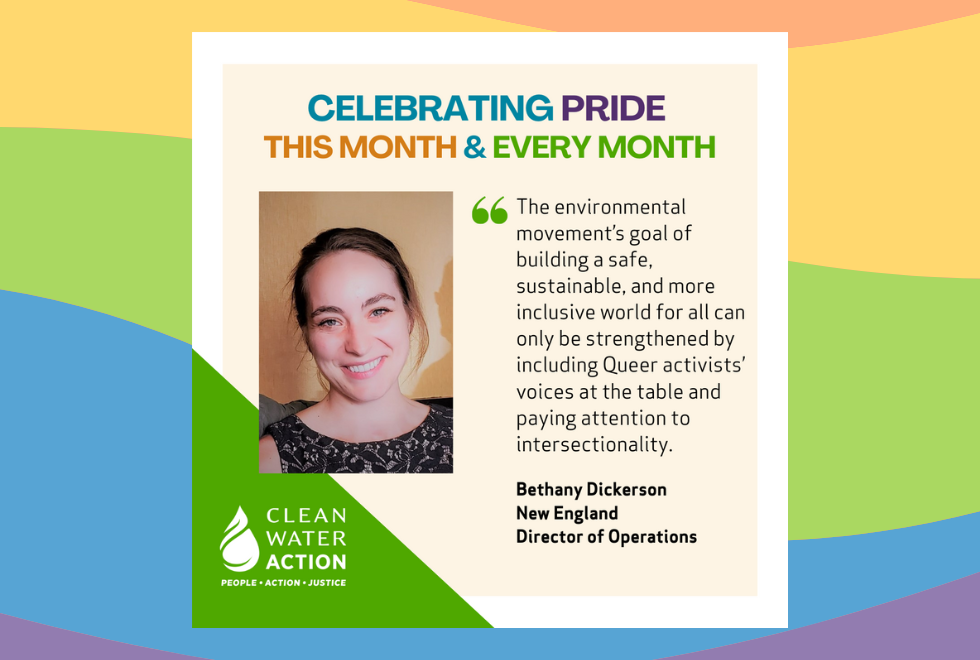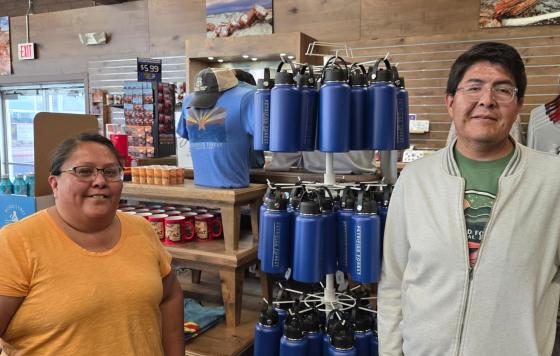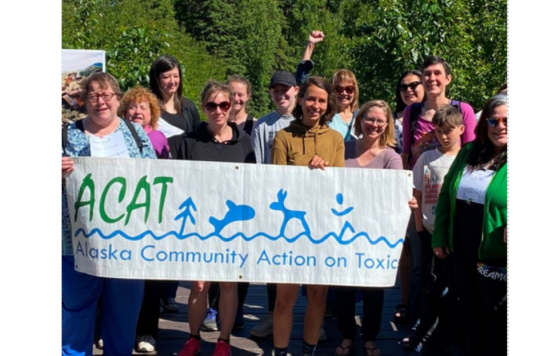
We all live on the same Earth, but due to centuries of historical systematic neglect, certain communities carry a heavier burden of climate change and pollution. Especially during Pride Month, we activists can challenge this norm by acknowledging and understanding the unique burdens faced by queer communities. Advocates from all walks of life can bring their unique perspective to help build a more equitable and sustainable future, where the voices and experiences of all individuals, regardless of sexual orientation or gender identity, are heard and valued.
Queer Environmentalism is an intersectional approach to environmental activism that acknowledges the historical relationship between the fight for LGBTQ+ rights, racial liberties, and environmental protections. It recognizes that environmental issues disproportionately affect marginalized communities, particularly BIPOC, disabled, queer and other systematically disadvantaged individuals, and advocates for a more inclusive and intersectional environmental justice movement. This Pride Month, let’s dive into the key aspects of Queer Environmentalism and its impacts on modern communities.
Queer Environmentalism requires a deeper understanding of diverse identities and challenges heteronormative narratives about our environment, offering opportunities for a more inclusive and sustainable relationship with the natural world.
Environmentalism and queerness are also linked by the disproportionate burden for queer communities during climate disasters. Most research on the overall social, economic, health, and cultural burden of these disasters primarily focuses on the cis-heteronormative white experience. However, they are not the most vulnerable population. Climate change and environmental disasters such as forest fires or hurricanes pose additional hazards for people already at risk from unsafe housing and work situations; queer folks are less housing-stable than the general population. Those who are excluded most from emergency disaster relief and face the most violence during relocation are transgender people, who already experience high rates of institutional discrimination. We need to acknowledge the complex intersections of identity and provide relief systems that reach their intended people to protect those most impacted by climate disasters.
Due to institutionalized discrimination in the health care system, environmental impacts threaten the health of LGBTQ+ individuals at many different levels. Chronic illnesses such as respiratory diseases, cardiovascular disease, and cancer are associated with high levels of environmental hazard exposure, and rates are significantly higher in the LGBTQ+ population than in the cisgender heterosexual population. On top of already being at a higher risk of contracting chronic illnesses, queer people (especially those with intersecting identities of being disabled and/or BIPOC) often face medical discrimination or are less likely to seek medical care due to extensive previous mistreatment. In 2015, one-third of transgender individuals in the US reported verbal harassment or refusal of medical support by healthcare professionals.
Today, legalized transphobia specifically allows for medical discrimination. Florida recently passed a bill that allows healthcare providers to deny medical treatment to transgender patients, even in life-endangering situations. Environmental issues are human issues: everyone will be impacted by climate change. We must care for all our human siblings, especially in times of crisis.
The environmental movement’s goal of building a safe, sustainable, and more inclusive world for all can only be strengthened by including Queer activists’ voices at the table and paying attention to intersectionality.
Sources
https://www.researchgate.net - A Proposal to Converge Queer Theory and Ecofeminism
https://www.cambridge.org - Queer Ecologies and Queer Environmentalisms
https://earthjustice.org - Why Queer Liberation Is an Environmental Justice Issue


